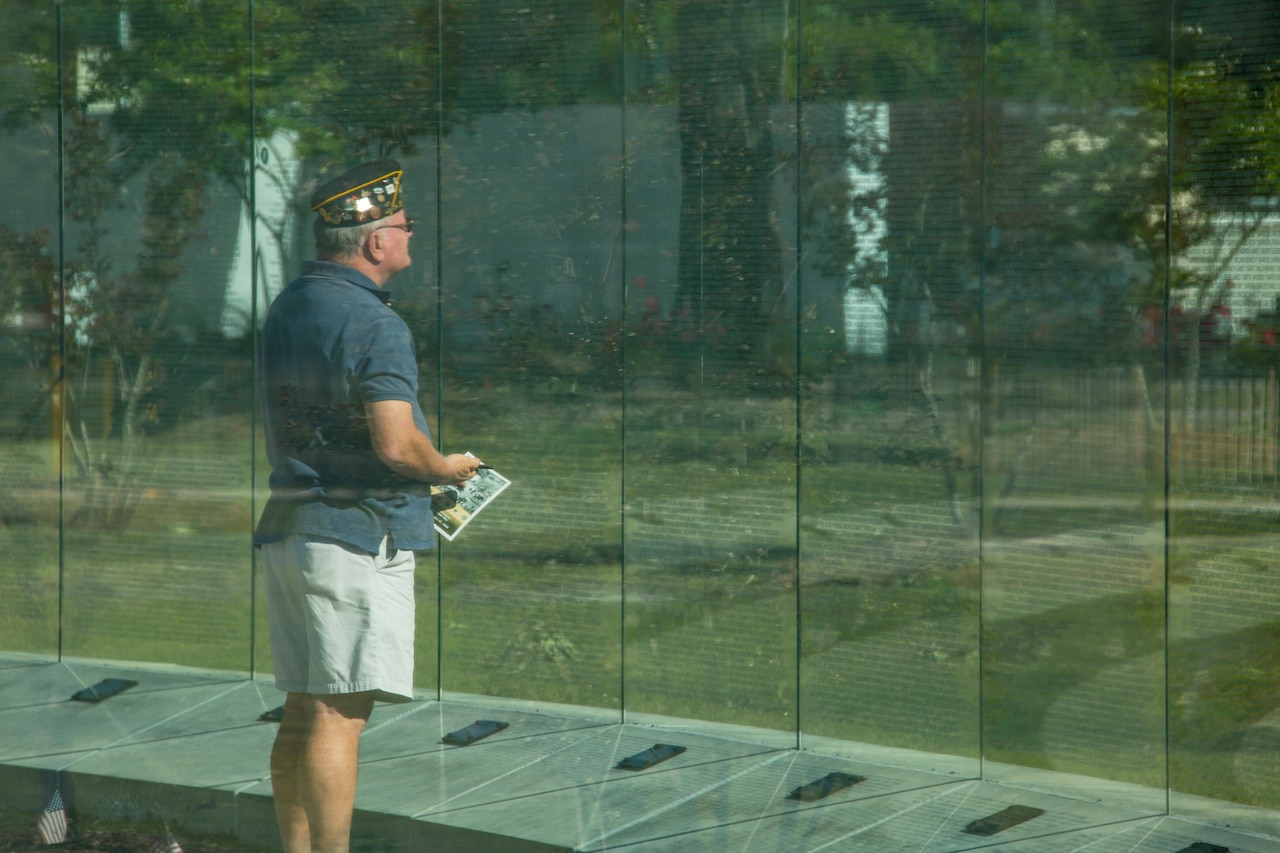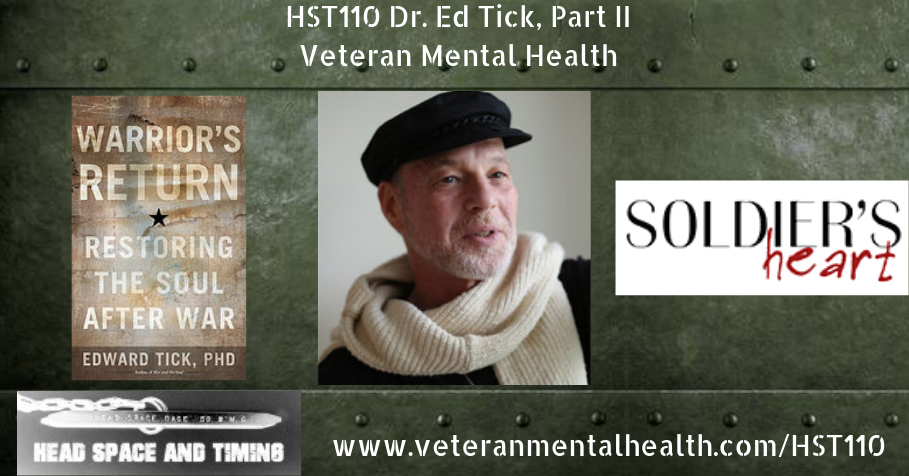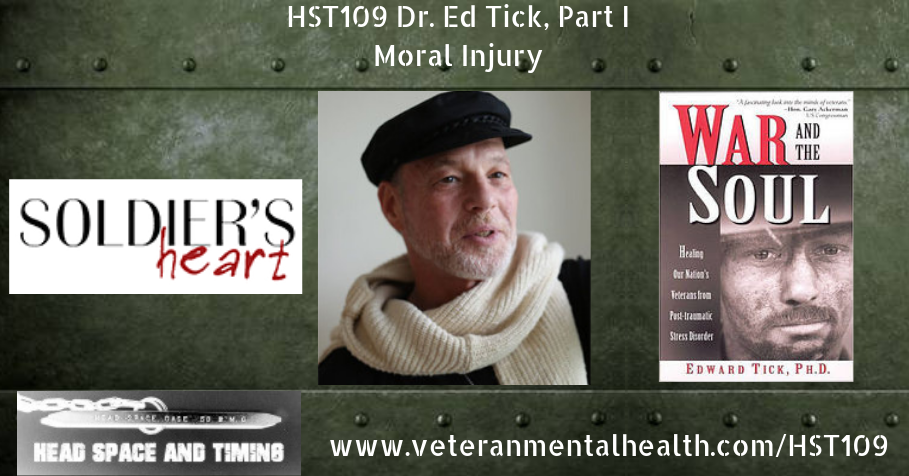
This post was originally posted as part of the American Counseling Association Blog Project. Original post can be located HERE
In a previous post, I discussed how veterans experience more challenges than just PTSD and TBI, the primary conditions that most community members are aware of. In order to provide some deeper context, I’d like to expand on some of these other challenges.
When a citizen joins the military, whether they are eighteen or thirty, they do so for a number of different reasons. Money for college, desire for adventure, opportunity to leave a negative situation…the reasons for joining the service are likely as numerous as the individuals joining the service themselves. As with any new endeavor, we bring to that experience our accumulated set of values that we obtained from various sources. Definitions about what is “right” and “wrong,” what is “good” and “bad,” what is “acceptable” and “unacceptable.” Even through the de-individualization process of basic military training, there is a core sense of one’s own values that remains relatively unchanged. There are certainly new values that are added, and these are instilled in military service members through repetitive presentation, modeling, and reinforcement. Service members experience a systematic acculturalization that attempts to instill in them “core values” and a “warrior ethos.” Even the oaths of enlistment and appointment are action-oriented and value driven.
What happens, then, when these core values that a service member has…those that they brought with them to the military, and those that they learned while in the military…are violated in some way? This is the basis of the concept of Moral Injury. If Traumatic Brain Injury is a physical injury of the brain, and Posttraumatic Stress Disorder can be considered an injury that impacts a veteran’s behavior, then Moral Injury can most accurately be described as an injury of the soul, an injury of the veteran’s core belief. Rather than experiencing cognitive dissonance, the veteran experiences a form of moral dissonance…the actions that they took, or didn’t take, are not congruent with how they see themselves or want to believe about themselves.
For a further understanding of the concept of moral injury, I highly recommend three books. The first, as I mentioned in my previous post, is Achilles in Vietnam by Jonathan Shay. Through his extensive experience in working with Vietnam veterans, Shay identified that there were issues of guilt, shame, and anger that appeared to be unrelated to the conditioned response of PTSD, and these same reactions to combat were echoed in Homer’s Illiad. The second book, the Lucifer Effect by Phillip Zimbardo, provides an in-depth look at one of the most famous experiments in psychology, the Stanford Prison Experiment. It also provides a look at situational and systematic influences on an individual’s behavior, and how typically “good” people can engage in some singularly horrible actions. The third book, which is third in the timeline of release but is certainly not third in terms of it’s value, is Adaptive Disclosure: A New Treatment for Military Trauma, Loss, and Moral Injury by Brett Litz, Leslie Lebowitz, Matt Gray, and William Nash. It is some concepts from this third book that are most beneficial at explaining precisely what moral injury is.
According to Litz et al, there are three primary types of events that lead to the damage about a veteran’s core beliefs about what is right and wrong. These three events are: experiencing life-threatening situations, suffering loss in various forms, and committing or witnessing acts that violate that individual’s morals and ethics.
Experiencing life-threatening situations is a commonly expected challenge that many service members anticipate upon deploying to combat, and many who have not served in the military understand to be a danger. Some of the challenge in addressing the core issues of a veteran’s concerns is that this type of event quite possibly be the genesis for that veteran developing PTSD, it is an event that could have caused TBI, AND the veteran’s explanation about the causes and response to the event could result in moral injury. One clear example is that, no matter how much training and stressful experience the veteran has before deploying to combat, there seems to be a suspension of disbelief that it is actually dangerous. It is not until the first attack, firefight, mortar, or roadside bomb that many veterans understand that, “this stuff is real.” There is a sense of safety or “this happens to other people, not to me” that is quickly violated by the reality of the danger of combat. For many veterans, it takes months during their first deployment to “get it”, on their second deployment it may take a week or two to get back into the “combat mindset,” and on subsequent deployments it can be a matter of days. If the veteran got out of the “combat mindset” at all. It is this core belief, “I am safe,” that is damaged by repeated exposure to life-threatening events, so much so that when the veteran returns to someplace they actually are safe, such as their home or their neighborhood, they tend not to believe it.
The second situation that leads to moral injury is loss in some form. Quite often, it is the loss of a fellow service member…through death, most significantly, but also often through other means. By losing a someone in an abrupt and traumatic way, the service member experiences a significant shock; if that service member is deployed, then that shock is unable to be processed in any meaningful way, because there is no way to escape the environment and no way to avoid continuing to do their duty. The lost buddy is memorialized, their person effects are inventoried, and they will never be forgotten…but they will also never be around. Litz et al describes how veterans become haunted and withdrawn; the replacement service member, if there is one, is not immediately accepted. The “old hands” avoid integrating the new member into the team, in an effort to avoid getting attached. The impact of loss on an individual’s core beliefs don’t just stop with loss of life, however; the loss of transition is challenging for veterans in many different ways. When a service member is wounded in combat, they are removed from their close-knit group and sent to a medical center. If the wounds are minimal enough, the service member returns fairly quickly, but if severe, then the veteran is removed from the group completely. This loss is significant for both sides…the platoon or unit that the wounded veteran leaves recognizes that there is a “space” there, and the wounded service member feels the pain of separation and worry about how their absence will impact the rest of those they care about. Again, this reaction does not fit the criteria for PTSD, but still is a significant source of shame and withdrawal that impacts veterans.
The third situation identified by Litz and his colleagues is the commission of, or witnessing of, events that transgress a certain aspect of a veteran’s closely held beliefs. The extreme egregious acts of atrocities, such as the torture of prisoners and the mutilation or desecration of enemy bodies, certainly fit into this category, but there are other situations that impact veterans. Many veterans travelled in armored vehicles, and in villages, children would approach them to ask for water, food, or candy. And sometimes, inexplicably, pens. Consider a veteran who, after tossing a piece of candy to a little girl, looks back after the vehicles start to move and sees a civilian motorcyclist drive around the vehicles and hit her. The veteran never knew the outcome…whether she lived or died…but automatically assumes the worst, and blames himself for the act. “If I hadn’t called her over to give her candy, she wouldn’t have been there.” There are other challenges, in which veterans feel as though they are helpless to stop horrible things from happening. Between 2006 and 2009, Army Soldiers deployed to Iraq were sent on 15 month combat tours rather than the standard 12, and the later standard 9. Those who were deployed in the earlier part of this time of the conflict were sent to Iraq for 12 months, and then extended for an additional three more. The veterans who lost their friends after the extension were extremely angry…”we were supposed to be home by now”…and blame the Army. Similiarly, most routes in Iraq and Afghanistan were given colors to denote their safety, and the least safe of all was called a “black route.” Service members who were sent on a black route, and then suffered loss, were extremely angry, and blamed their commanders and higher-level staff for making that call. Similarly, those who did make that call…the commanders and staff…also blame themselves for the loss. These are not atrocities at all, but events that cause these veterans to question their own morals, values, and beliefs.
Blame is a significant aspect of Moral Injury. Someone must be blamed for this life-threatening event, for the loss that I suffered, for the fact that we could not stop this horrible thing. I’m to blame, he’s to blame, they’re to blame, It’s to blame. Often, veterans will believe in this for so long that they will not be able to assign appropriate blame proportionally to all involved, and will most certainly not be able to find any forgiveness. It is through working with a counselor who is familiar with the concepts and culture of the military, and addressing these events in a compassionate and safe way, that veterans can resolve their moral dissonance and achieve a new level of acceptance and stability in their lives.



3 Comments
Bel · February 4, 2017 at 2:07 pm
Another good read. My hope and prayers go to all my brothers / sisters in arms from all eras. I’ve passed this info to my counselor friends!
Duane France · February 7, 2017 at 10:17 am
Bel, thanks for the feedback, and thanks even more for sharing it with other mental health professionals. Anything we can do to keep the conversation going!
The Challenges of Veteran Mental Health: Beyond PTSD and TBI | Head Space and Timing · January 20, 2017 at 8:54 pm
[…] One of the most recent ideas to emerge from observing veteran behavior is the concept of Moral Injury, as described in Jonathan Shay’s book, Achilles in Vietnam and the work of Brett Litz and his colleagues. According to Dr. Litz (et al), Moral Injury can be defined as “Perpetrating, failing to prevent, bearing witness to, or learning about acts that transgress deeply held moral beliefs and expectations.” In other words, exposure to and participation in combat can cause veterans to change their deeply held core beliefs about what constitutes “right” and “wrong” behavior. In 2011, the nation was horrified when a video of a group of U.S. Marines urinating on enemy corpses was posted to the Internet. This act was horrifying and inexcusable. No veteran I have ever talked to has said that they condone this type of behavior…but every veteran I have talked to about this said that they understand how these Marines could have gotten to the place where they thought that was okay. This is, of course, a graphic and extreme example of moral injury, but it can impact veterans in an even more common manner. There are no stop signs in Afghanistan; one-way streets didn’t exist in Iraq. For the time that the veteran was deployed, there was a necessary suspension of the normal societal constraints that we all take for granted. For many veterans, we were the biggest, baddest kid on the playground, and when we traveled, others got out of the way. Imagine how it would feel if, after a year of these relaxed restrictions, you had to return to a world of stop lights and speed limits? Moral injury can cause a veteran to experience guilt, shame, and frustration, both at themselves and their community. You can read more about Moral Injury in this followup post. […]
Comments are closed.